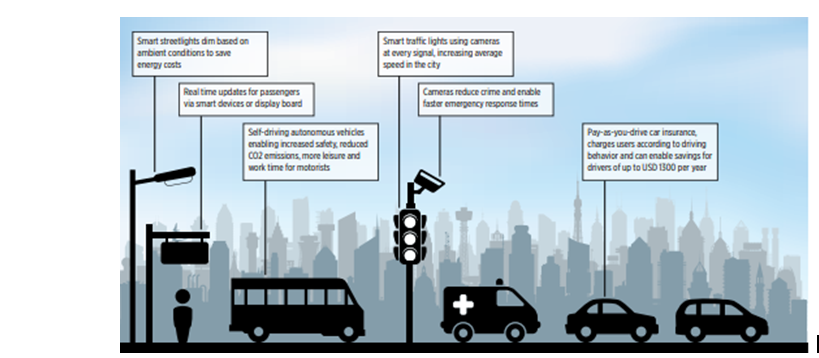IOT(internet of things)
I know I don’t need to explain much about IOT as the topic itself explain a lot about the technologies around us. To start with I will be explaining the definition, uses and technologies around us which are considered as IOT.

he Internet of things refers to a type of network to connect anything with the Internet based on stipulated protocols through information sensing equipments to conduct information exchange and communications in order to achieve smart recognitions, positioning, tracing, monitoring, and administration
Imagine a world where billions of objects can sense, communicate and share information, all interconnected over public or private Internet Protocol (IP) networks. These interconnected objects have data regularly collected, analysed and used to initiate action, providing a wealth of intelligence for planning, management and decision making. This is the world of the Internet of Things. IT is also a global infrastructure for information society, enabling advanced services by interconnecting (physical and virtual) things based on existing and evolving interoperable information and communication technologies
The development of enabling technologies such as semiconductor electronics, communications, sensors, smart phones, embedded systems, cloud networking, network virtualization and software will be essential to allow physical devices to operate in changing environments & to be connected all the time everywhere.

This figure indicated how the IOT is being used or will come into effect. This is just the simple example/ figure which shows the integration of connected smart devices and cloud-based services for efficiency and effectiveness.
Areas of IOT
Here are some areas which has been affected by Internet of things in health sector.
- Production
IOT has helped a lot to produce the medicine and drug which are important to cure various diseases. Data are required to save time and money along with health.
- Quality
Companies are developing innovative practices to ensure the quality of drugs without any human intervention. Sensors and other electronic equipments are imbedded with internet of things and making medical process faster, qualitative and reliable.
- Transit management
Precious medicines and medicines with short timeframe of realistic usability can be secured through constant observing of containers, and alarms are issued if there should be an occurrence of ominous conditions.
- Drug development
IOT has made the development of drugs more easier and faster with more precise production. The process has become faster with accurate quantity and quality on them.
- Collaboration
Researchers, stakeholders, regulators all have access to the data made available through IoT. This helps all the stakeholders along with the patient to get their previous data and can help to generate new outcomes.
- Better patient outcomes
Patients and pharma companies can enjoy several short-term and long-term benefits. Medicines are brought to patients at reduced prices, making them affordable to a larger segment of the people.
